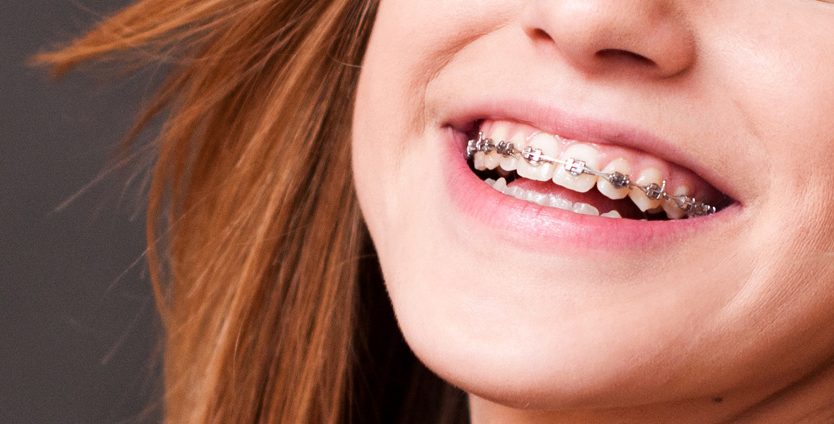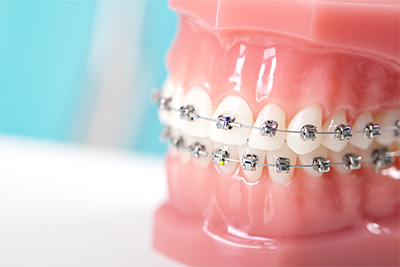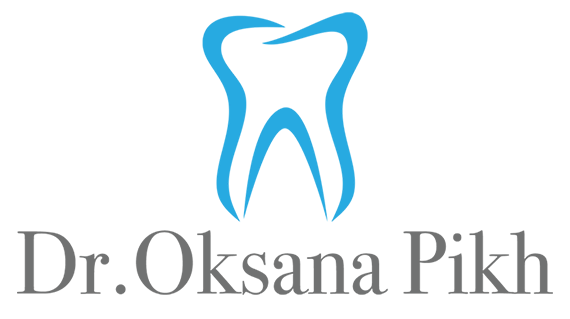 Many believe that visiting your dentist is enough to correct any and all issues involving the mouth. False. Dental work can restore damaged teeth, but orthodontics is important to realign crooked and misaligned teeth. Orthodontists to teeth is like a dermatologist to skin, it is the specialization that allows orthodontists to effectively treat teeth.
Many believe that visiting your dentist is enough to correct any and all issues involving the mouth. False. Dental work can restore damaged teeth, but orthodontics is important to realign crooked and misaligned teeth. Orthodontists to teeth is like a dermatologist to skin, it is the specialization that allows orthodontists to effectively treat teeth. What do Orthodontists Treat?
The positioning of your teeth and jaw will affect the way your top and bottom teeth touch. When they do not come together properly, this is called a malocclusion or a bad ‘bite.’ Habits such as finger sucking, teeth grinding, poor diet and poor oral hygiene increase the risk of malocclusion or make any existing malocclusion worse. Oral health issues that require treatment from an orthodontist include:
- Crowded Teeth
- Gaps between Teeth
- Protruding Teeth
- Open Bites
- Crossbites (Upper and lower teeth don’t line up appropriately)
- Pain or Soreness in the Jaw
- Chewing Difficulties
- Speech Impediments
Orthodontic Treatments
Early orthodontic treatment helps to promote healthier tooth development such as guiding permanent teeth into a better position and/or creating space for permanent teeth by removing teeth and placing a spacer. For older patients with their permanent teeth already fully erupted, the orthodontist may suggest one or several of the following treatments:
- Braces
- Headgear
- Removable Appliances
- Oral Surgery
Braces
 Brackets or bands are applied to each tooth with glue. Archwires are then fitted into all the brackets and held in place with rubber or wire ties. Relief wax can be applied to the braces to relieve any pain to the cheeks. Nowadays, braces are smaller and less noticeable. Clear aligners or tooth-coloured braces are available aside from the traditional metal braces. Braces and elastics can also be multicoloured to allow your creativeness to come out!
Brackets or bands are applied to each tooth with glue. Archwires are then fitted into all the brackets and held in place with rubber or wire ties. Relief wax can be applied to the braces to relieve any pain to the cheeks. Nowadays, braces are smaller and less noticeable. Clear aligners or tooth-coloured braces are available aside from the traditional metal braces. Braces and elastics can also be multicoloured to allow your creativeness to come out!
Headgear
The headgear fits around the head, neck or chin to guide movement of the tooth and jaw growth in an individual who is still growing. Headgear is needed when extra force is needed to move the teeth and jaw. It is usually worn for 12 hours a day, usually during the evening and at night.
Removable Appliances
Removable appliances are customized to fit the individual’s mouth. They can be taken out as needed. Examples of such appliances include elastics, positioners, retainers and separators. These can be used to help keep teeth aligned after braces or before and after other procedures.
Oral Surgery
If the teeth are crowded or a tooth is severely out of position, tooth removal may be required. Jaw surgery is needed when there are major differences in the size and/or position of the upper and lower jaws. If jaw surgery is needed, you will be referred to an oral surgeon.
Visiting the orthodontist is vital to prevent severe teeth and jaw issues from arising such as a difficulty in chewing. It can also help to Increase an individual’s self-esteem, allowing them to smile confidently and freely without worrying about what others will think. If you have any further questions, feel free to contact us!
